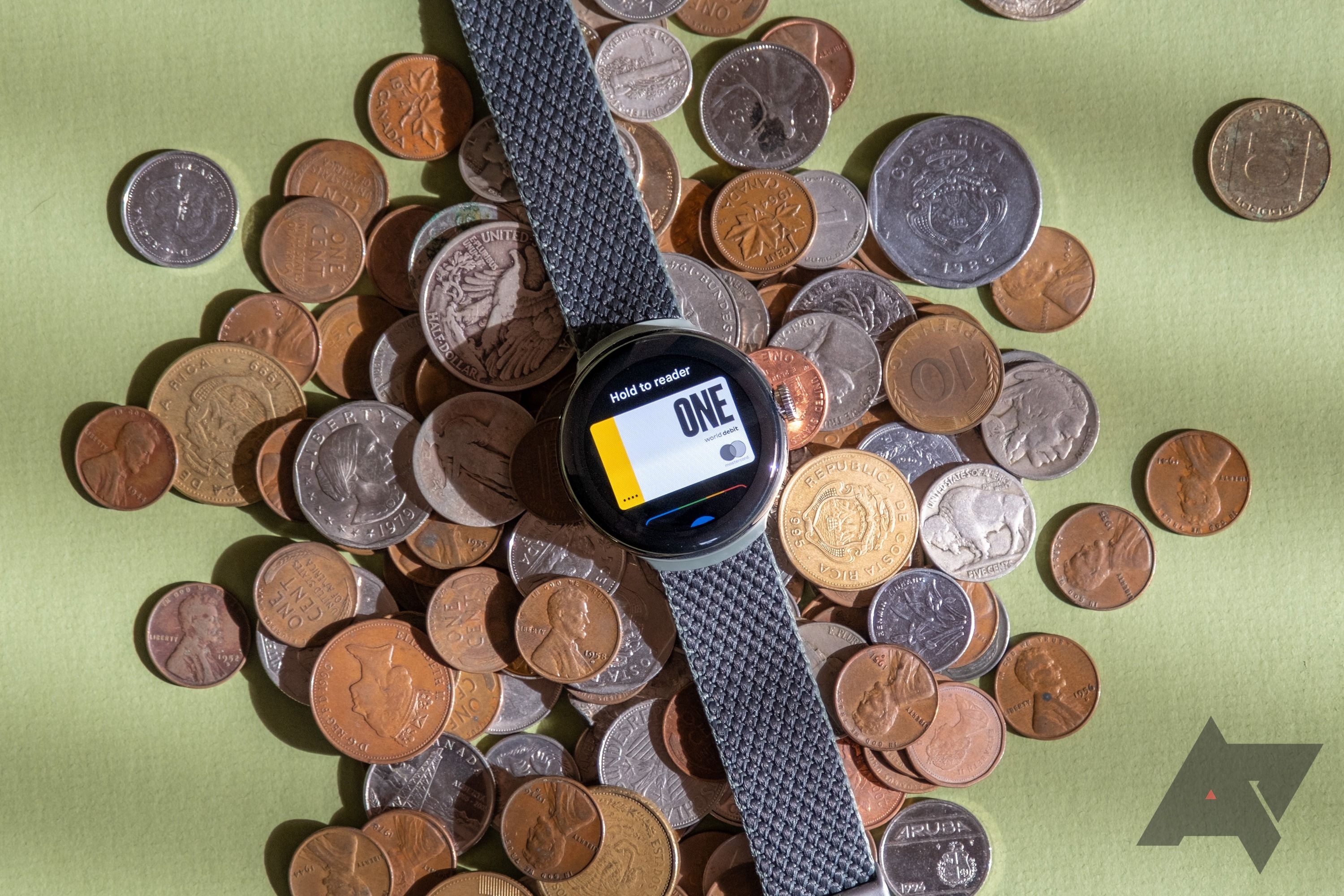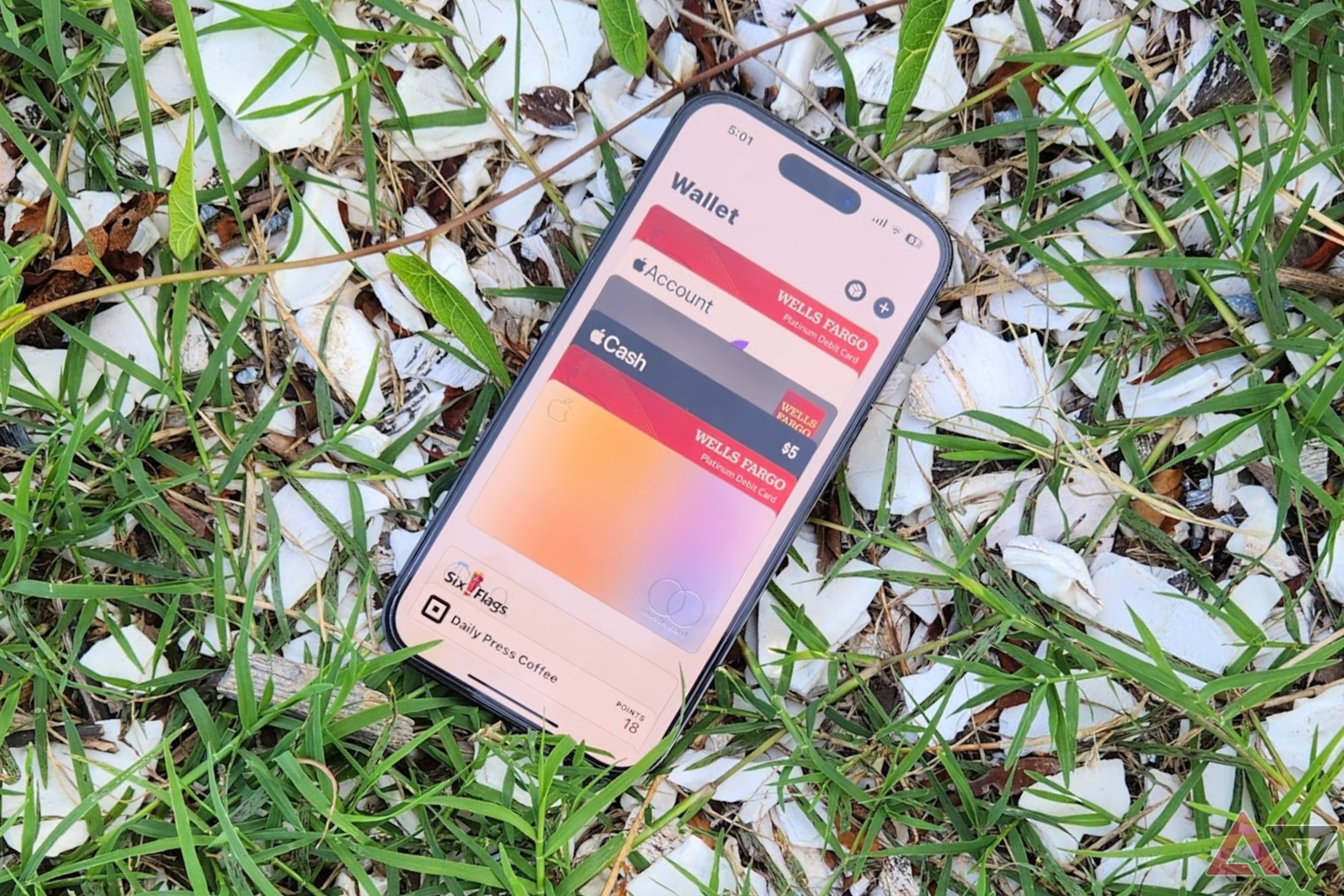Google Wallet is the best Apple Pay competitor on Android, adding expanded support for driver’s licenses, bank cards, and even Apple Wallet passes in recent months. However, one of the latest changes to contactless payments has garnered a mixed reception. Google previously allowed users outside the US to make payments in small amounts without authentication, but the company recently put an end to this action. It’s a step in the right direction for security, but tap-to-pay is still less secure and less intentional than Apple Pay.
It’s really easy to make mobile payments on Android, and the extra convenience isn’t always a good thing. It could potentially open Android users up to accidental charges, scams, or theft. Apple’s solution isn’t perfect either, because Apple Pay payments are so secure that it can get annoying. For this reason, Google should improve Wallet by leaning into what makes Android great: choice. Give users the option of locking down payments like Apple Pay, or sacrificing a bit of security for convenience.
Google Wallet prioritizes convenience
You don’t need to authenticate an NFC payment each time
I carry a Pixel Fold and an iPhone 15 Pro Max daily, keeping one in each pocket. After using both Google Wallet and Apple Pay for years interchangeably, it’s clear that Google Wallet is the more convenient option. That was especially true for users who were able to make small payments without authenticating them before Google nixed that functionality. In those select regions, you could tap any of the best Android phones with NFC against a payment terminal and make a small purchase without unlocking your device.
The exact price threshold varied based on location, but Canadian users, as an example, could spend up to $100 CAD before authentication was required. It was as fast, if not faster, than tapping a plastic contactless credit card against a terminal. The process worked similarly to how a transit pass in Google Wallet can be used to enter public transit systems without unlocking your phone, an option that has always existed right here in the US.
That option is being phased out, but Google Wallet is still more convenient — yet less secure — than using Apple Pay. Google requires Google Wallet transactions of all sizes to be authenticated; however, these transactions do not have to be authenticated individually. As the company explains in a support document, Google Wallet payments won’t need separate authentication if “you’ve recently used a verification method, like your fingerprint or PIN.” So, if you unlock your phone with your fingerprint and wait a minute or two, that device can be tapped against a payment terminal and charge your default Google Wallet card.
Why is that a problem? For starters, you can unlock your device without wanting to authorize a Google Wallet payment. Imagine you unlock your phone for your kid, so they can play their favorite mobile game. Instead, they end up using it to pay for something in a store while you have your back turned. That might sound like a strange example, so let’s try another. A thief could snatch your unlocked phone from your hand in a busy street, then rush to make a contactless Google Wallet payment without needing further authentication. Again, these might seem far-fetched, but they happen. Why risk it?
Apple Pay is so secure, it’s annoying
When you look at the bigger picture, you’d rather be annoyed than stolen from
On the other hand, Apple Pay is so safe that, sometimes, I hate using it. Apple requires you to use biometrics or your password to authenticate every single contactless payment. You need to first double-click your iPhone’s side button or home button to open Apple Pay, then use Touch ID or Face ID, and finally tap your phone against the payment terminal to complete a transaction. This is a foolproof process, because you can’t do it by accident. I open up Apple Pay by accidentally double-pressing the side button all the time, but I never complete the authentication step unless it is intentional.

These are the major retailers in the US that accept Google Wallet
We compiled a list of the major US retailers who accept Google Wallet to take the guesswork out of it for you
In fact, you can’t make contactless payments in the actual Apple Wallet app on the iPhone — it has to be on the Apple Pay splash screen. You can add and manage cards, view recent transactions, and see card details in Apple Wallet. But to complete a contactless payment transaction, there has to be a double-click, authentication, and tap. Every single time.
This is more secure, but can be very frustrating, especially if you’re trying to hurry through the checkout line. I try to be ready to pay when it’s my turn, but the app’s authentication will time out if the line doesn’t move quickly. That’s a stark contrast from the Google Wallet experience, where you can make payments without specifically authenticating them, if you’ve recently unlocked your device with biometrics.
Google, at least give us a choice
Let users decide between security and convenience
Android is known for being a user-friendly mobile OS with tons of settings that can be tweaked to a person’s preferences. However, when it comes to contactless payments, users can’t make adjustments to the balance of security and convenience. By dropping support for Google Wallet payments in small amounts without authentication, the app immediately became more secure. Requiring a device unlock for all transactions, but not requiring authentication shortly after unlocking a device, is a decent middle ground between security and convenience. For some, Apple’s procedural and cumbersome approach to authorizing payments isn’t worth the increased security.
Just last week, Google added a toggle to Wallet that allows users to choose whether transit payments need to be authenticated with a PIN or biometric verification. When the toggle is flipped off, you can enter transit systems with a Transit pass without unlocking your device or verifying the transaction. If you turn it on, transit payments won’t go through unless they are confirmed. Why not bring this same level of control to all Google Wallet payments? Let the users decide whether they want to verify transactions with a device unlock or separate authentication method. After all, that’s what Android is all about.
Better yet, give users total control over how Google Wallet payments are secured. Add a setting that adjusts the length of time contactless payments can be made after a device is unlocked. Or, let users pick whether small transactions can be made without authorization, and what is deemed “small.” Google’s decision to bring its U.S. policy worldwide makes its payment app more secure, without making it as burdensome as Apple Pay. Even still, greater customization over Google Wallet security settings would benefit all Android users, regardless of how they feel about their own security.

Google Wallet not working? Here are a few quick fixes
Trouble with the tap? Here’s how you can fix your payment problems







